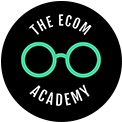7 Advanced Marketing Strategies to Boost Ecommerce Sales
Are you struggling to boost your ecommerce sales or no longer want to be chained to running promotions to drive revenue?
If you just whispered “yes,” then you’ve come to the right place. In this article you’ll learn:
- how to run promotions without hurting your business, and
- seven actionable ways to drive ecommerce sales without relying on huge promotions.
How to Use Promotions without Hurting Your Business
Promotions are your biggest asset to bringing in new customers.
A discount reduces the barrier of entry for a prospect to try your product, and in some cases brings you customers who may otherwise have completely ignored you.
For example, you may not be a big fan of Peruvian food and, if you’re like me, you might not even be able to name a single Peruvian dish.
But if you walked past a Peruvian restaurant offering 50% off all dishes for 24 hours, perhaps you’d be tempted to try it out if only for the experience and discount.
If you enjoyed the food, chances are you’ll be back again and let your friends know about this new place you’ve found.
Marketing done right!
If the same restaurant was running a constant 50% off all dishes, the fear of missing out (FOMO) is gone, and you’ll probably question the quality of their food if everything is 50% off each time you walk past.
- How fresh is their food if it’s always 50% off?
- Are they using cheap ingredients and old produce to offer 50% off?
- What are their hygiene standards like?
A MyLife study found that 56% of social media users are afraid of missing out on events, news, or important status updates:

If you’re overusing promotions, you take away the prospect’s emotional trigger as they continually expect you to run promotions and are in no fear of missing out. Relying on constant promotions also runs the risk of them questioning the integrity of your products with continued discounts.
Here are a few tips to implement when running promotions to boost your ecommerce sales.
Don’t put all your items on sale – As a rule of thumb, ensure that less than 30% of your inventory is on sale at any one time. Seeing a SALE or discount badge on too many of your products can hurt your business.
This type of discount is common with drop shippers who set very high prices for their items and then run storewide discounts.

If every item is on sale, it puts into question the quality of your products and may undermine your brand values if you’re trying to position yourself in the luxury or mid-range segment.
The only time you should be running site-wide sales is during seasonal holidays like Black Friday or Cyber Monday, or when you’re positioning yourself below market price and are using the promotion/discount model.
Have time limits – Run all your promotions within a time limit so customers are conditioned to know when a sale is over – when it’s gone, it’s gone (leverage FOMO).
Don’t be lazy with your marketing – Businesses often rely on promotion after promotion to boost ecommerce sales because they are lazy or don’t have the time to think of other methods.
Lowering the price of a product is the easiest way to drive sales in the short term, but if done on a repeat basis there are negatives you face in the medium and long term, such as a lower customer lifetime value, smaller average order value, and damaging brand reputation.
If you’re out of ideas on how to boost your ecommerce sales without using promotions, here are seven actionable methods you can try today.
Offer Finance Options
eMarketer found that by offering financing options at the checkout, 29% of shoppers bought more than they would have, and 36% bought the more expensive option:
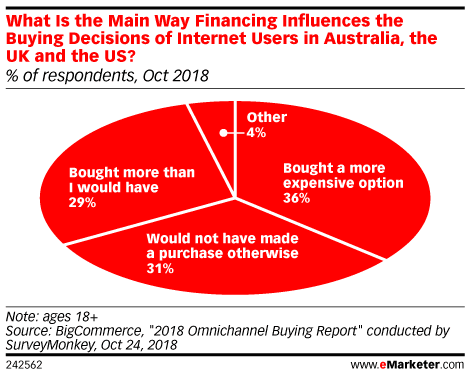
Klarna research also echoes these statistics, with their internal data showing that 40% of consumers would spend more if finance was an option at the checkout, and 75% of shoppers said they would choose a merchant that offers finance over one that doesn’t.
For high-ticket items, buying with finance and having the ability to pay in instalments gives shoppers greater freedom in knowing that if they make this order, they still have money for the rest of the month and they won’t be put in a tough spot or have to sacrifice spending elsewhere.
Services such as LayBuy, PartPay, and PayPal all offer financing options which you can show on your product pages:
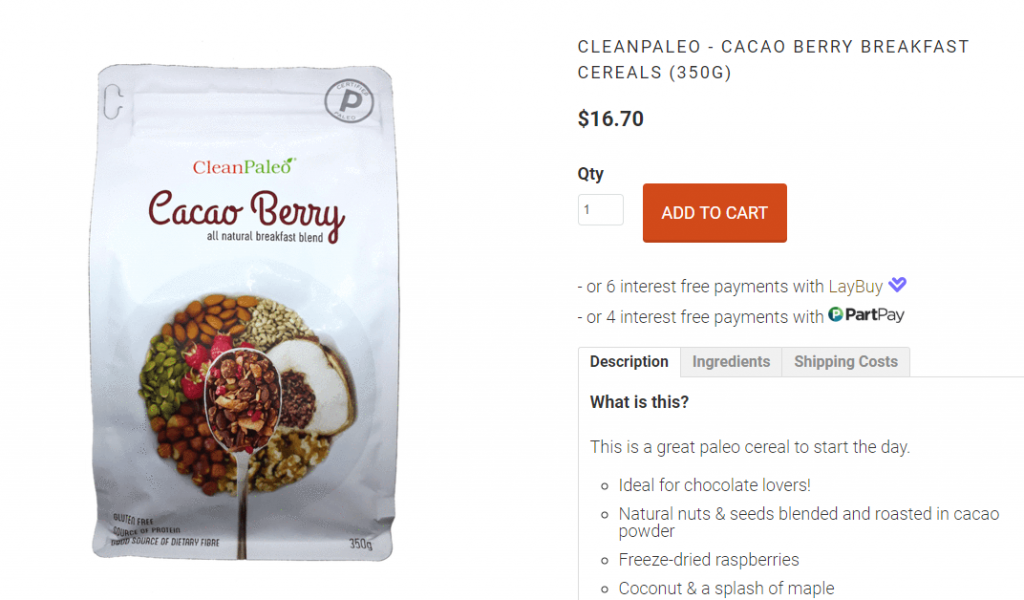
Check your books to see if you can sell stock and be paid 3, 6 or 12 months down the line without having cash flow issues. You don’t want to offer this service if you’ll be cash strapped in the short term.
If your competitors are not offering this payment option, you can use it in your marketing material as a USP.
Get a Facebook Chatbot
ManyChat is a bot builder that sends messages to people who have signed up to receive messages.
It’s pretty much email marketing on Facebook, but with much better open rates.
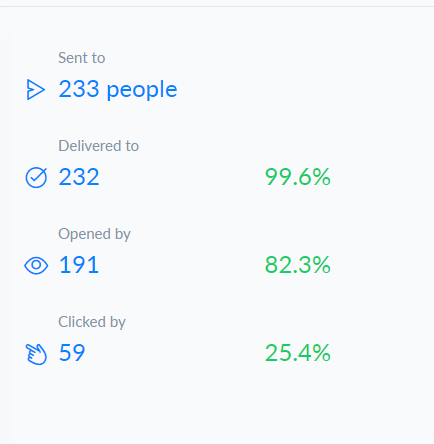
Each message is sent to a user’s Messenger inbox, and users can unsubscribe at any time. In the image above you can see open rates were 82.3% with a 25% click-through rate.
Chatbots are fairly new in ecommerce. You can create them to let subscribers know when new products have arrived, let them know about any promotion you’re running, or as a tool to provide value in the form of content or videos.
Here’s a Paleo Robbie chatbot that first asks the user if they want to learn more about a new item they have in stock:

Using ManyChat, you can provide the subscriber with three options. If I choose ‘KALE YEAH’ I receive a small message about their new items with a call to action to visit their website:
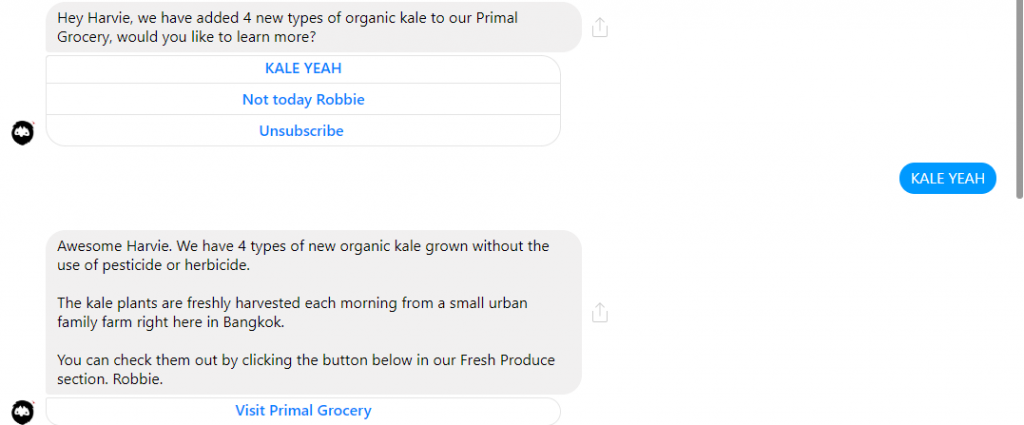
If I choose ‘Not today Robbie’ I receive a friendly greeting:

And finally, I can unsubscribe and no longer receive alerts.
Chatbots are perfect for subscription businesses that require customers to order on a frequent basis. They can be used as a reminder tool.
If you’re always getting in new products, then you can let customers know about them if they sign up to your chatbot. Once a week, for example, they will receive a message letting them know what’s in stock as soon as it comes in.
If you create a lot of content that gives your customers value, you can use chatbots to send customers blog posts and videos.
Related: learn how to work with digital marketing agencies to scale your business.
You can use chatbots in any number of ways and can segment your audience based on the options they choose.
Don’t abuse the tool by sending customers daily promotions; spamming is not allowed and users must opt-in to receive messages.
Gift Audiences
Very few online stores bother to target new audiences to boost ecommerce sales. For example, if you’re selling men’s clothing, why not target women who will buy your product for a friend or partner?
This is known as a gift audience.
A gift audience is a group of people who have no use for your product but have a friend or family member who does.
For example, I don’t have any interest in buying lego building blocks, but it would make a great present for my seven-year-old nephew who uses them to build things and place around the house for me to step on and shout out in pain.
Facebook is the perfect platform to target gift audiences as they have several types of audiences you can target, such as close friends with a birthday coming up, newlyweds, friends who have moved recently, and a dozen other relationship demographics.
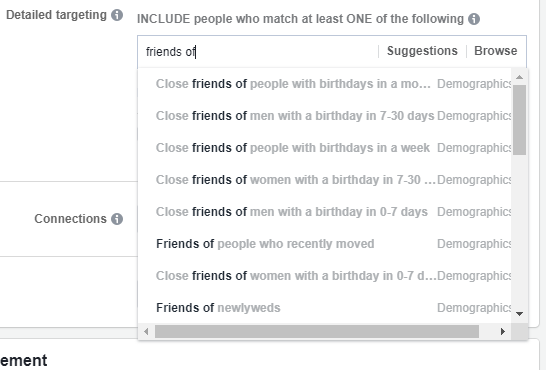
Criquet Shirts did it best by using the Christmas holidays to call out to wives to update their husband’s wardrobe:

If your ecommerce store has a community and brand evangelists, create gift vouchers and email your customers during the holidays to let them know of alternative presents they can give their loved ones.
This will often open up a new angle of marketing and a new customer acquisition channel.
Get a Live Chat Feature
Did you know that 42% of customers prefer to use live chat over email or social media to ask questions?
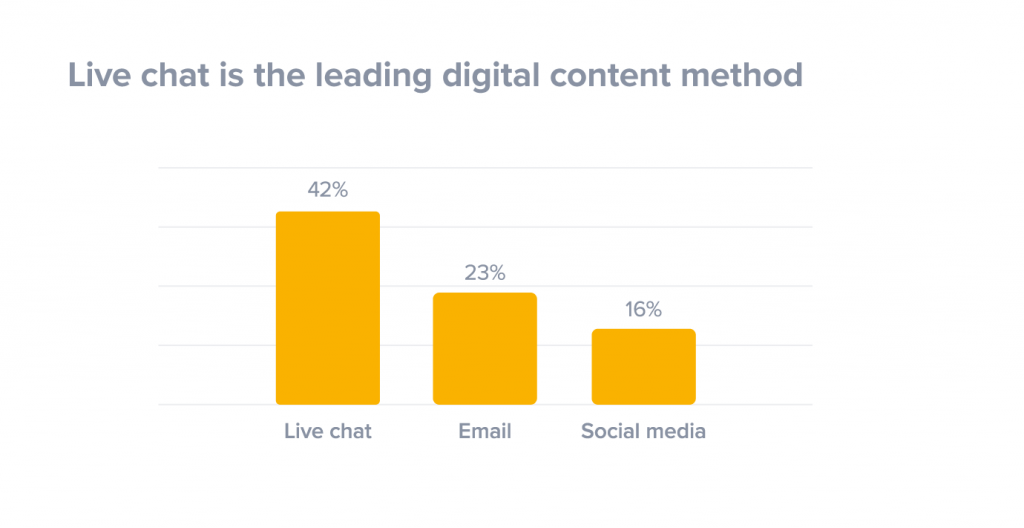
Forrester also found users who interacted with a live chat feature on average increased their average order value by 10% along with a 40% increase in conversion rate.
Customers will have all sorts of questions about your products and delivery times, and some will search on Google to see if you have a discount voucher to use or to get more answers about your product that they cannot find on your site.
A live chat widget reduces the chance of a prospect going elsewhere to find information and invites them to ask questions that they may not have emailed you.
Ideally you’ll want to run your live chat feature 24/7. There are virtual assistants you can hire at competitive rates who will take over when your work day finishes, or you can just run your live chat feature during your office working hours.
HubSpot’s live chat feature starts with a bot asking me what I’d like to learn more about and eventually redirects me to a human assistant once they have identified what I need.

Some of the most popular live chat tools used today are:
- LiveChat
- Olark
- Snap Engage
- Pure Chat
- Live Agent
Start a Loyalty Program
Annex Cloud estimates that $1.6 trillion per year is lost by businesses because they don’t have a loyalty program, with 87% of shoppers stating that they want businesses to have loyalty programs.
Loyalty programs aren’t a priority in ecommerce marketing because the payoff isn’t instant and setting up a program can be a time-consuming process. It’s usually not until several months down the line when you can see how effective a loyalty program is, where the acquisition of a new customer or sale is instant.
Coffee giant Starbucks is looking at the bigger picture and is the best example of how loyalty programs can boost ecommerce sales. Their loyalty program used in 2018 accounted for 14% of all their transactions and was used by 15.3 million members.
As a member, you earn stars which can be redeemed for items in store, a yearly birthday reward, and you can even order ahead of time using your phone and pay without cash.
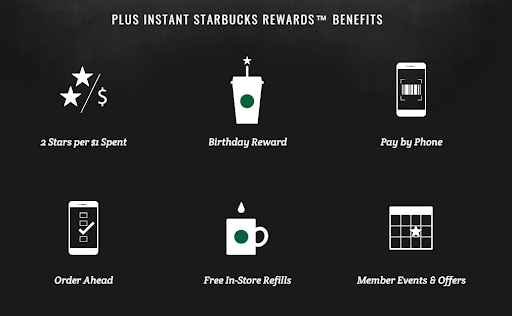
When a Starbucks card holder is in the mood for coffee or tea, most only think about going to Starbucks because they earn points to redeem later. Is it any wonder that the lifetime spend of the average Starbucks customer over a period of 20 years is $14,099?
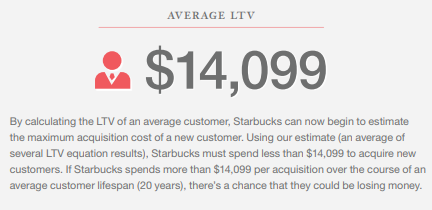
Until recently, setting up such programs were complex and time consuming, but today there are apps like Annex Cloud that let you create a loyalty program easily and integrate it with your store.
Don’t Underestimate Online Marketplaces to drive ecommerce sales
Online marketplaces like eBay, Facebook, Craigslist, and Gumtree are alive and very much kicking.
Craigslist receives over 200 million postings per month, while over half a billion Facebook users join groups and use Facebook Marketplace to buy and sell items.
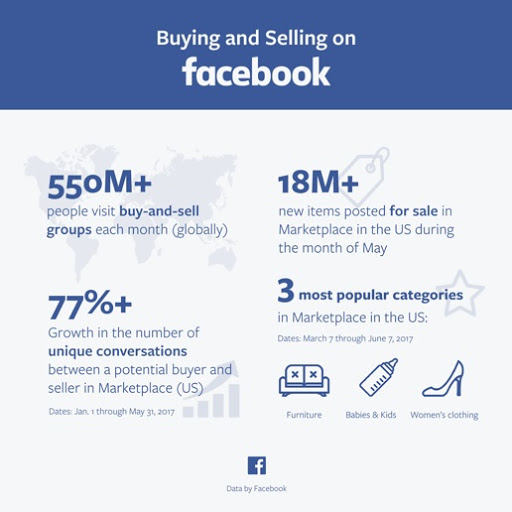
You can list your best-selling products on these platforms for FREE, and when prospects message to learn more you can send them to your website to complete their order.
Posting on a daily basis is a time-consuming process and is difficult to automate, but you can find online freelancers from $5/hour upwards who will do this for you at specific times. You simply provide them with the photos and copy and what to respond when prospects inquire.
Don’t Be Afraid to Invest in Marketing
You can have the best product in the world but be out of business if you don’t do adequate marketing.
You can have also have ‘okay’ products and be successful if you have a great marketing team.
Marketing is the best way to boost sales for your ecommerce business. Word-of-mouth and customer referrals are only going to get you so far, and neither are scalable options.
From my experience, ecommerce businesses are reluctant to invest in marketing because of the following reasons:
They don’t know marketing – Many business owners are great at sourcing products, managing employees, and maintaining stock levels, but they don’t have any idea about how to write marketing copy, how to set up email automations, or the importance of website optimization.
If that sounds like you, you can use all the resources on The Ecommerce Academy to self-learn or seek help from freelancers or agencies.
They lost money in marketing – Maybe you ran a bunch of Facebook campaigns that drove no ecommerce sales, or you hired someone who didn’t perform and left you out of pocket and thinking that online marketing isn’t for your business.
This mentality is common with small businesses; they failed once before and are scared to try again.
Marketing doesn’t work overnight; it’s a continual process of testing and refining to find out what works and what doesn’t.
Don’t be scared to spend more in this area. With the right marketing strategy combined with good products, it will be your fastest way to boost sales and grow your ecommerce business.
Which Will You Use to Boost Your Ecommerce Sales?
There are hundreds of ways you can boost sales for your ecommerce store. Each of the seven tips listed above can be applied to any ecommerce business without having to run a single promotion or discount.
Boosting ecommerce sales is done by reaching more people with your messaging or offering a better, more personalized experience. Which one will you focus on next?
Companies our team has worked with:










